In my recent film ‘The Arctic: Platform for War or Global Cooperation’, I outlined the fact that in the early hours of September 26, 2020, President Trump sent out the announcement that a gigantic continental project long thought dead and buried will be revived: The 2570 km Alaska Canada Rail connection, which will move freight, oil, grains and other goods from Anchorage to the Yukon, Northwest Territories and Northern Alberta.
In his tweet, Trump stated:
For those who are not aware, anyone wishing to take rail from the USA north, will only make it as far as British Columbia, as a 1000 km gap separates any rail from Alaska.
When looking at the post-WWII battles for continental development, it is somewhat incredible that this gap has remained in place for decades, with the northernmost rail line extending as far as Dease Lake BC, built over 50 years ago by the great pro-development Premier W.A.C. Bennett.
For decades the Dease Lake line was called “the railway to nowhere,” and featured a price tag of only one dollar, which in fact is today only a relic of a sabotaged northern vision, which was always designed to connect Canada and the USA, while opening up the north for development.
Premier W.A.C. Bennett’s Fight to Open the North
From 1952- 1972, British Columbia’s great Premier W.A.C. Bennett fought a hard fought battle to ensure that British Columbia would finally become more than a colonial underdeveloped region, as its British rulers had long condemned of her. Bennett was convinced that the opening up of the arctic and the industrial boom of British Columbia were possible if a policy of state directed investment into capital intensive infrastructure, social programs, and industrialization were made the focus of the national purpose.
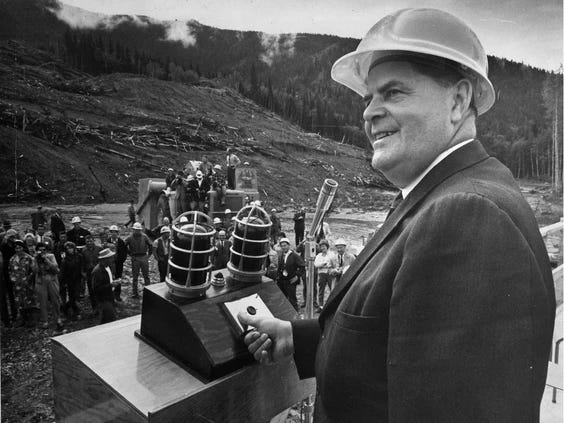
Bennett’s clashes with the technocrats in Ottawa, beginning with the sabotage operation against the Columbia River Treaty and continuing beyond the ouster of Diefenbaker in 1963 instilled Bennett’s resolve to use the vast powers of the Province over its economy to nationalize BC Power Corporation and create new BC-run institutions such as the Bank of British Columbia to execute his grand design. Bennett’s struggle to develop BC was also made possible through his association with John F. Kennedy, who sided with Bennett over Ottawa’s civil service in regards to the Columbia River Treaty.
Using revenues generated from the Columbia River treaty, Bennett was able to invest in a vast rail expansion process that continued through the 1960s, which opened up development corridors in previously inhospitable regions of the great north. While these projects were begun based upon the exploitation of fossil fuel, lumber and other raw materials, the creation of manufacturing industries had soon begun to appear, with permanent cities in the Peace River region.
Alaska-British Columbia-Yukon conferences through this period were instrumental in advancing Bennett’s vision for an eventual connection between BC’s rail system and that of Alaska. Due to the sabotage of the rail system by W.A.C. Bennett’s son Bill Bennett, the great Canada-Alaska rail connection became forever known as the “rail to nowhere,” ending in Dease Lake.
Completing Bennett’s rail vision in the 21st century is a necessary component to the Bering Strait Rail Corridor program proposed by the governments of Russia and China, which will advance transportation corridors all the way from the Eurasian New Silk Road through the Siberian development belt and into the Americas, connecting down into the west coast and New York. The Alaska-Canada rail connection is one of the greatest projects in the Americas, and involves the 1800 Km construction of rail between Dease Lake and into the Yukon and Alaska.
Bennett astutely observed Canada’s destiny with Asia, when he said in 1971, “there are great mountains separating B.C. from Ottawa, but between us and Japan, there’s only the Peaceful Sea (Pacific Ocean).”
The Arctic Science Cities: Diefenbaker’s Sabotaged Vision
Ultimately, the opening up of the Arctic as the new frontier of human development requires that Canada learn from Russia’s plans to build a nuclear powered domed city of Umka on the island of Kotelny, only 1000 km from the North Pole.
More recently former Defense Minister Sergey Glazyev’s program to construct five advanced cities in Russia’s arctic express this forward thinking paradigm that the west lost many decades ago.
In order to meet the challenge of housing over 5,000 workers and their families in the harsh arctic climate, which requires internal climate control, waste evaporation, internal agricultural capacities and reliable energy, Russian designers have used the International Space as their model. This ISS design is important, since the Arctic will play a vital role in the investigation of cosmic radiation, a galactic (and intergalactic) phenomenon driving both the evolution of the living and non-living material on the earth.
This model “city of the future” echoes back to the planned domed city of Frobisher Bay, Nunavut, which Prime Minister John Diefenbaker had committed to build as an integral component of his 1958 “Northern Vision” campaign.
Frobisher Bay’s design as produced by the Department of Public Works announced a domed city, encircled by 12 large towers housing 4,500 workers and families connected by an underground network of tunnels. In order to ensure that this city was truly one of the future, recreation facilities, shopping centers and other amenities were included to ensure that the comfort of Toronto would be something accessible even in the Arctic.
Diefenbaker laid out this program for opening up the arctic frontier by saying:
“This national development policy will create a new sense of national purpose and national destiny.
One Canada. One Canada, wherein Canadians will have preserved to them the control of their own economic and political destiny.
Sir John A. Macdonald gave his life to this party. He opened the West. He saw Canada from East to West. I see a new Canada—a Canada of the North. What are these new principles? What are our objectives? What do we propose?
We propose to assist the provinces, with their cooperation, in the financing and construction of job-creating projects necessary for the new development, where such projects are beyond the resources of the provinces. We will assist the provinces with their cooperation in the conservation of the renewable natural resources. We will aid in projects which are self-liquidating. We will aid in projects which, while not self-liquidating will lead to the development of the national resources for the opening of Canada’s north land. We will open that north land for development by improving transportation and communication and by the development of power, by the building of access roads. We will make an inventory of our hydroelectric potential.”
Ultimately, Diefenbaker`s Northern Vision, which incorporated a bold “Roads to Resources”, and frontier science program was to be funded by a re-chartered Bank of Canada. Diefenbaker’s brilliant financing approach took a page from Alexander Hamilton and Lincoln’s Greenback system, which involved public bonds issued by Canada’s National Bank in order to connect both old, maturing WW2 Victory Bonds as well as new bonds directed towards Canada’s development.
Diefenbaker’s vision for a true national credit system was encapsulated in his 1958 radio announcement:
“This, the largest financial project in our history, offers an opportunity to all holders of victory bonds which were purchased as an act of patriotic faith during the war years, to re-invest them for the greater development of greater Canada. These monies that were advanced during the days of war, and which contributed to the victory, we now ask to be made available to speed the pace of peaceful progress and the program of national development… The action we are taking will make it possible for our nation to embark on a new era of peacetime prosperity far and beyond anything we have ever known.”
While this National Credit and Northern Vision program was sabotaged by a Rhodes Scholar coup coordinated from London, Diefenbaker’s strategy is just as applicable today as it was in 1958.
Today, Frobisher Bay plan remains the paragon of northern development, and complements the multi trillion dollar development policy of the Trans Eurasian Belt Development, which former Russian Railways President Vladimir Yakunin described on March 23 2015, must be an “inter-state, inter-civilization, project. It should be an alternative to the current (neo-liberal) model, which has caused a systemic crisis. The project should be turned into a world ‘future zone’, and it must be based on leading, not catching, technologies.”
Since Yakunin’s 2015 remarks, President Putin’s Far East development has been unveiled as a “21st century national priority” for Russia.
The development of new cities, mining, transport corridors and oil and natural gas of Russia’s Far East represent one of the greatest boons for economic investment during the coming century, and already features an array of partners from China, Japan, South Korea, India and other APEC nations.
Putin’s 2018 proposal that the USA join in this project of win-win cooperation is important not only because it would build trust, create business opportunities and re-establish the lost art of long-term thinking, but would also help link up western businesses into partnership with the Asia Pacific development process now being shaped by China’s Belt and Road Initiative, and especially the Polar Silk Road.
Although tensions have been enflamed to schism China and India from cooperating directly on the BRI, India’s embrace of Russian Far East development investments has created a non-linear flank which can help bring these two Asian giants into harmony.
The Arctic as Platform for War or Peace
When compared to the robust development of Russia’s Arctic and the new emerging Polar Silk Road paradigm, which have united China and Russia ever closer into a long term Arctic growth program, the North American Arctic remains an underdeveloped, barren tundra. Despite the bountiful resources in the Arctic, no roads, rail or other development have been permitted to extend northward for decades.
Other than President Trump’s 2020 announcement of Federal support for this new project, the only North American Arctic discussions of note in recent decades have centered on anti-Russian militarization and Anti-ballistic missiles.
This has amplified to nuclear hysterics in recent months, as Canada unveiled a new Arctic Defense doctrine in April 2024, embracing long range ballistic missiles in the Arctic in Canada’s Arctic, and participation (with Japan and New Zealand) into the US-UK-Australia AUKUS nuclear submarine military program.
Instead of that hoped-for era of prosperity and win-win development envisioned by Bennett, John F. Kennedy or Canada’s John Diefenbaker, who all envisioned pro-industrial growth visions for the North American continent, what arose in the wake of the 1971 floating of the U.S. dollar was a 45 year slide into consumerism, speculation, and zero-technological growth at home and abroad, which saw all of the frontier projects led by great statesmen during the post-WW2 decades increasingly grind to a halt.
While the Albertan and Alaskan governments have made several small efforts to encourage the plan over the years—very little headway occurred due to the monetarist-rules underpinning Globalization, which place supposedly “free markets” on the throne, and nation states in the dungeon of economics. Ignoring the fact that top down national planning has driven all of the greatest bursts of prosperity in history including the periods of rail expansion in the 19th century and post-war period, Globalization’s architects have ensured that nations are to play no role whatsoever, while “live in the moment” hedonism runs amok.
In the year 2000 the Alaskan government spent $6 million on a feasibility study followed in 2015 by a similar study funded by the Province of Alberta, desperately sitting upon the edge of total economic despair under the weight of decarbonization initiatives being pushed into law by Ottawa technocrats. It was here in 2015 that A2A was created as a private initiative to advance the plan, which the federal government had committed to blocking for far too long.
Standing for the Alaska-Alberta Railway Development Corporation, A2A’s CEO Sean McCoshen has stated:
“This is a world-class infrastructure project that will generate more than 18,000 jobs for Canadian workers at a time when they are most needed, provide a new, more efficient route for trans-Pacific shipping and thereby link Alberta to world markets.”
This last concept of linking North America into the Pacific now being increasingly shaped by the Belt and Road Initiative and Multipolar Alliance is vital.
Any chance the west has to avoid a total meltdown under an emerging total economic blowout of the system and civil war is premised upon tying our economic destiny to the pro-growth, win-win model of the east. The opportunities for war-avoidance both in the Arctic and in the Pacific should be obvious to all.
The Bering Strait Rail Tunnel, and Alaska-Canada Railway not only gives us the opportunity break out of this process of British geopolitics, but also allows us to re-build former industrial cities that have been ravaged by decades of globalized outsourcing, while building new permanent cities in turn.
The unfulfilled dream of such visionaries as W.A.C. Bennett, who fought to connect Canada with Alaska by rail, and John Diefenbaker who attempted to build the Northern Vision will be finally permitted to blossom once again, and our true heritage as a pioneering people allied in a common destiny with our neighbours can be re-awoken.
National Banking and Glass-Steagall
The greatest benefit of building the Bering Strait and its associated policy of nation building is that Canada and the USA will need to return to a sane system of economic value based on future productivity, not “market-driven” ventures into derivatives (the USA’s derivatives time bomb is now marked at approximately $1.2 quadrillion of nominal assets ready to explode at any moment).
Similarly, the colonial “resource exploitation” policy dominant in Canada and the USA since NAFTA was imposed must now come to an end. Donald Trump’s flushing of NAFTA was a vital pre-condition to giving power to sovereign nation states over private corporations, but much more still needs to be done.
Indeed, the only way that such a systemic change could occur, would be for the two fold restoration of
1) Glass-Steagall (known in Canada as the “Four Pillars“) to separate commercial banking assets fully from high risk banking assets such as derivatives, and
2) the revival of a genuine national banking system (as opposed to a private central banking system) as an issuer of productive credit for the sovereign needs of the people.
A New Economy
A third complementary policy must be also considered, which relates to an international nature as well.
This 3rd element is most vital, and is known as the New Bretton Woods fixed exchange rate system, which the governments of Russia and China have already expressed much interest in revisiting in the face of the current collapse. While gold may or may not be a reserve for a new Bretton Woods system, it is necessary that the discoveries in economic science of “increasing energy flux density” be understood as the new metric of determining value.
The science of Physical Economy was first developed by American statesman Lyndon LaRouche, and is distinct from all monetarist-statistical economic theories, in that LaRouche’s system does not assume that all monetary claims within a system are equally valuable, as the monetarist foolishly does who does not care whether said claims are tied to nation-destroying hedge fund gambling, whore houses or productive steel mills. Reality is far different from the world which Wall Street and Bay Street speculators believe they live in.
Real economics is based neither on “monetary values” or “carbon footprints” but rather on the successful reproduction of society into the deepest future possible. It is only in this pursuit of true progress that increases in prosperity of every nation and every individual can occur. Such increases are measured in terms of increasing rates of productive powers of labour per capita and per square kilometer, requiring ever greater densities of scientific creative breakthroughs in time.
This is a pre-requirement for survival, which empires have yearned to crush since ancient Rome, because such a society would not tolerate the fixed system of zero change demanded by empire, and expressed most venomously by Prince Philip’s Green agenda for depopulation and war.
Only the Bering Strait offers all of the preconditions for war avoidance, green suicide and nation building, with the necessary effect of increasing the energy flux density of the society as a whole.
Matthew Ehret is the editor-in-chief of The Canadian Patriot Review, Senior Fellow of the American University in Moscow and Director of the Rising Tide Foundation. He has written the four volume Untold History of Canada series, four volume Clash of the Two Americas series and Science Unshackled: Restoring Causality to a World in Chaos. He is also co-host of The Multipolar Reality on Rogue News and Breaking History on Badlands Media where this essay was first published.




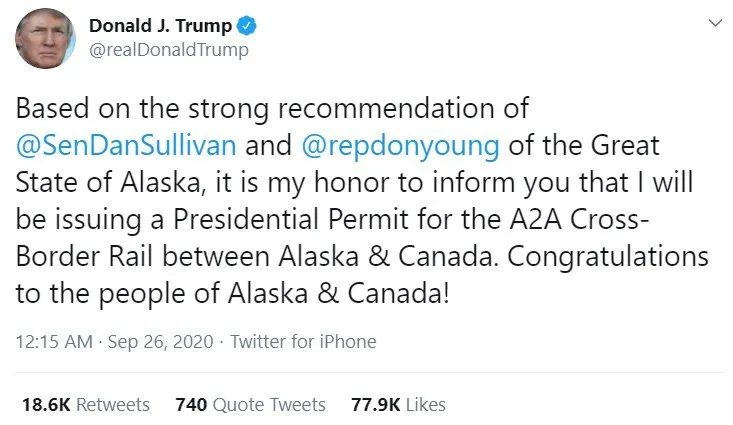
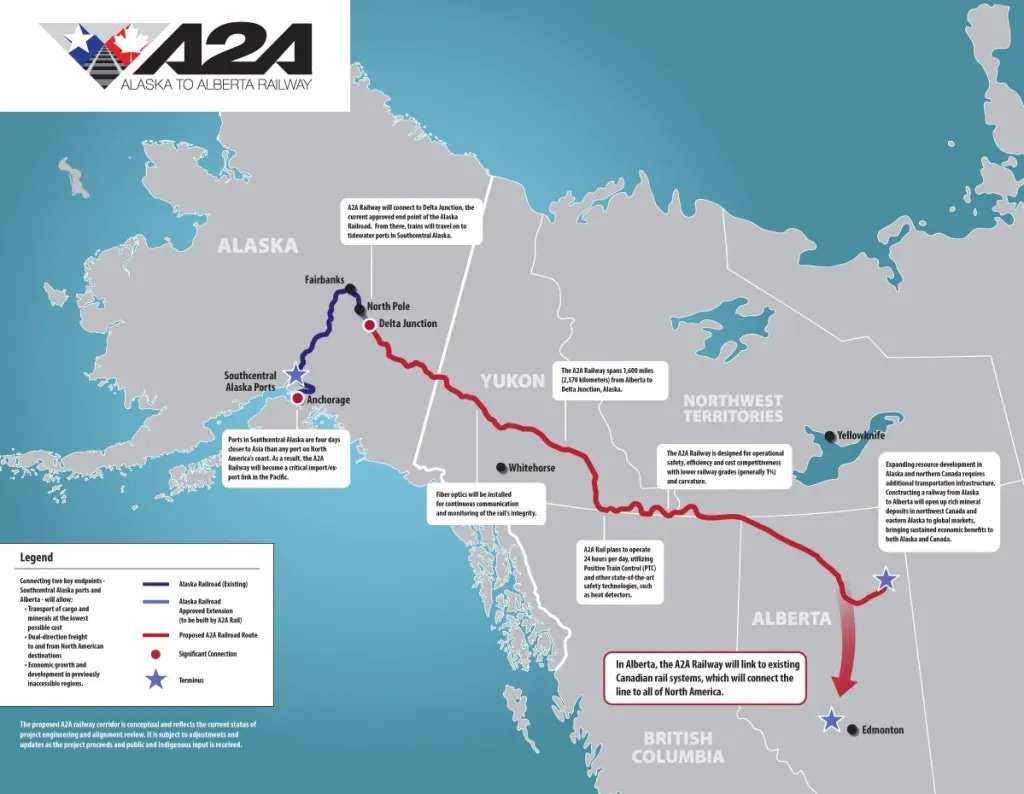
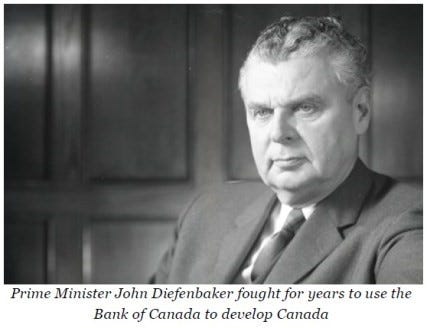
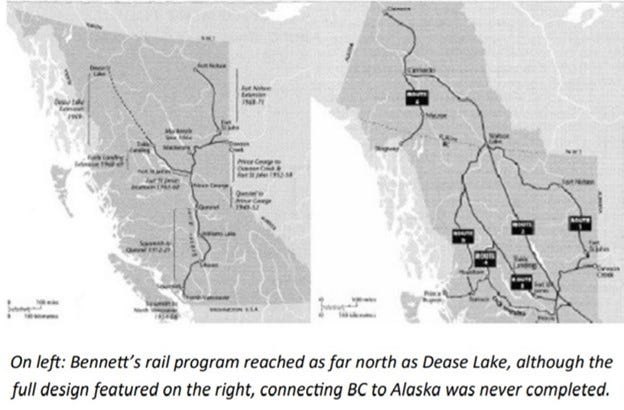

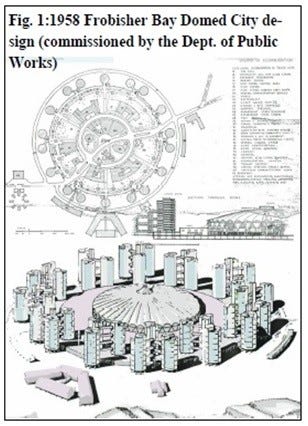
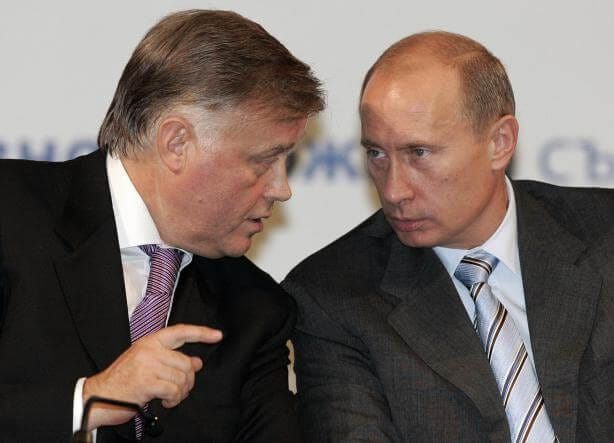

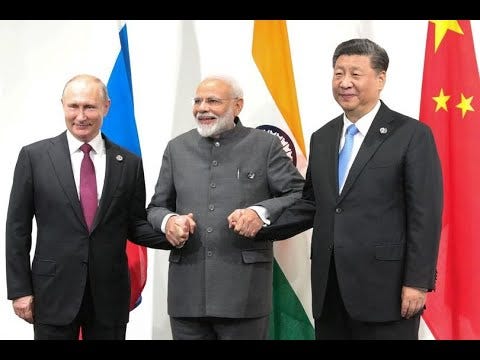
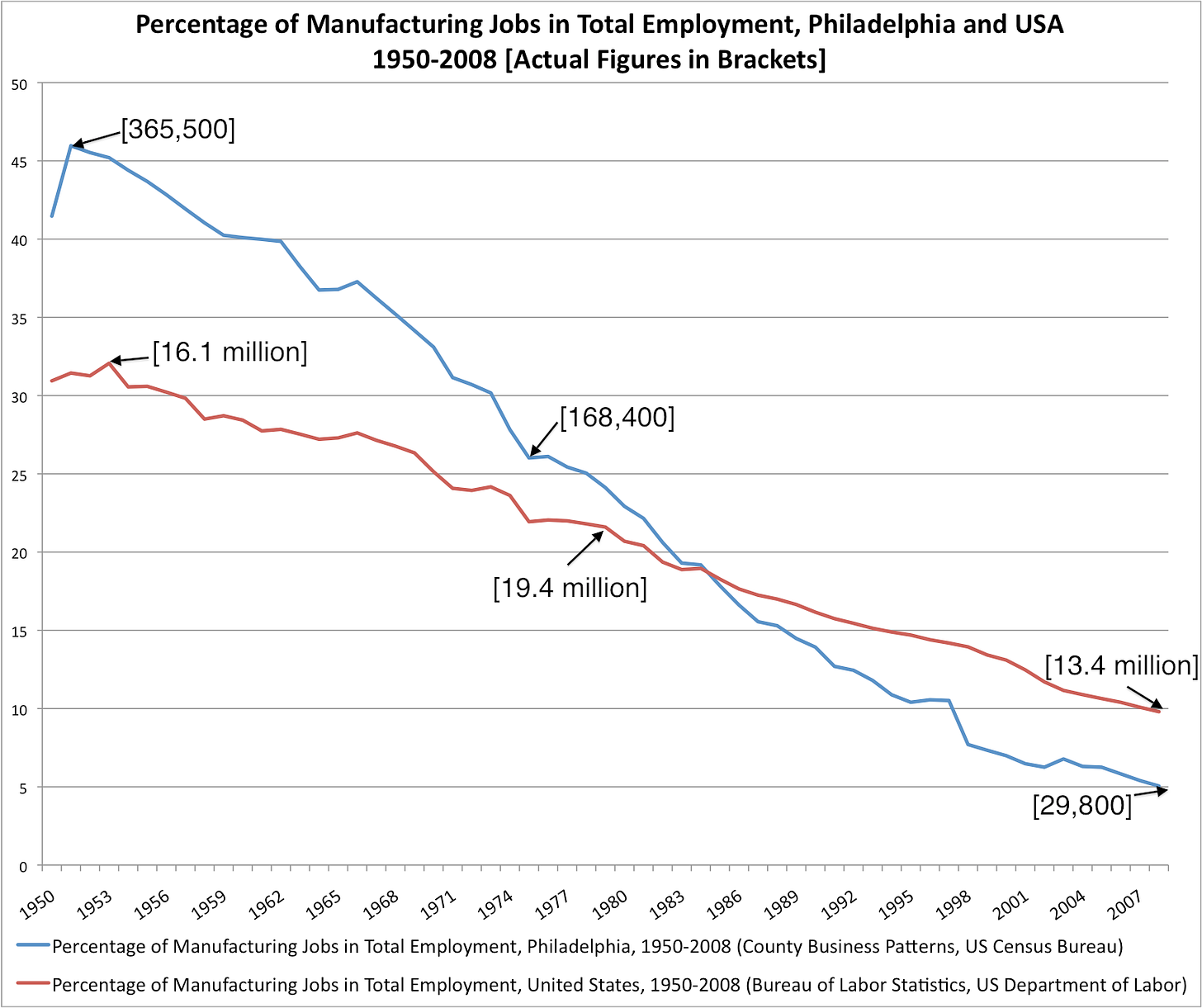
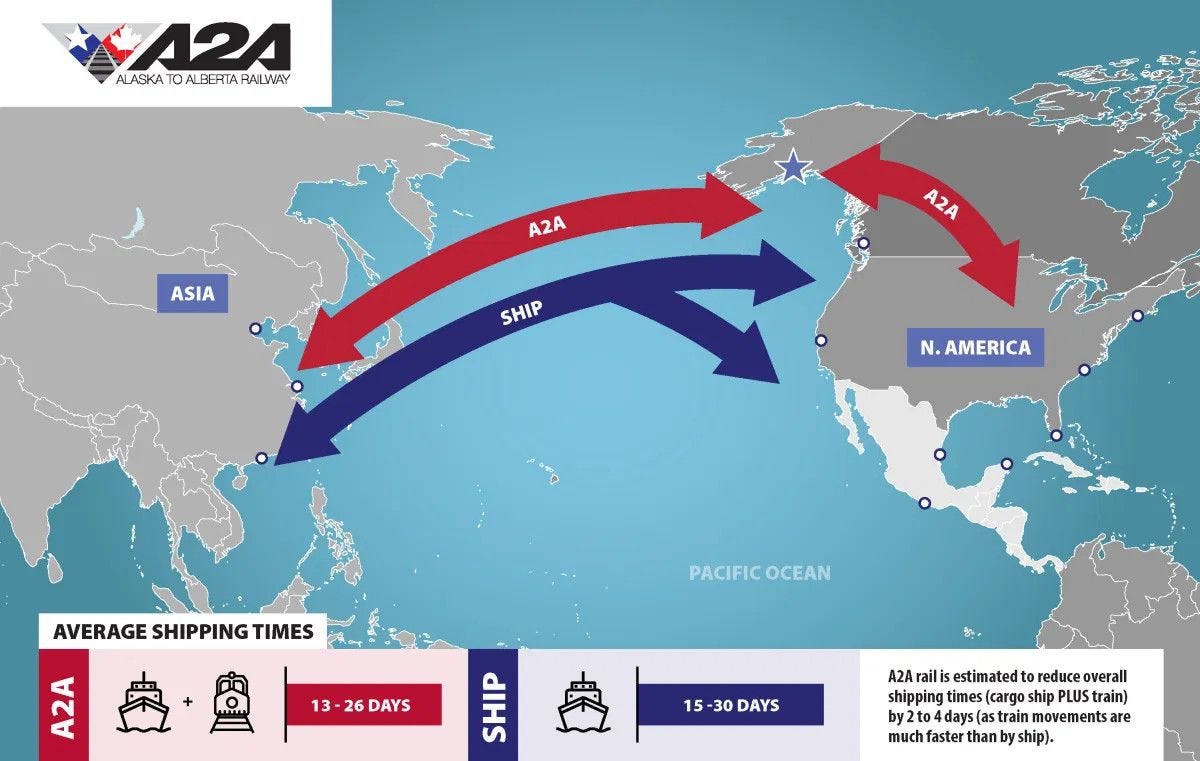
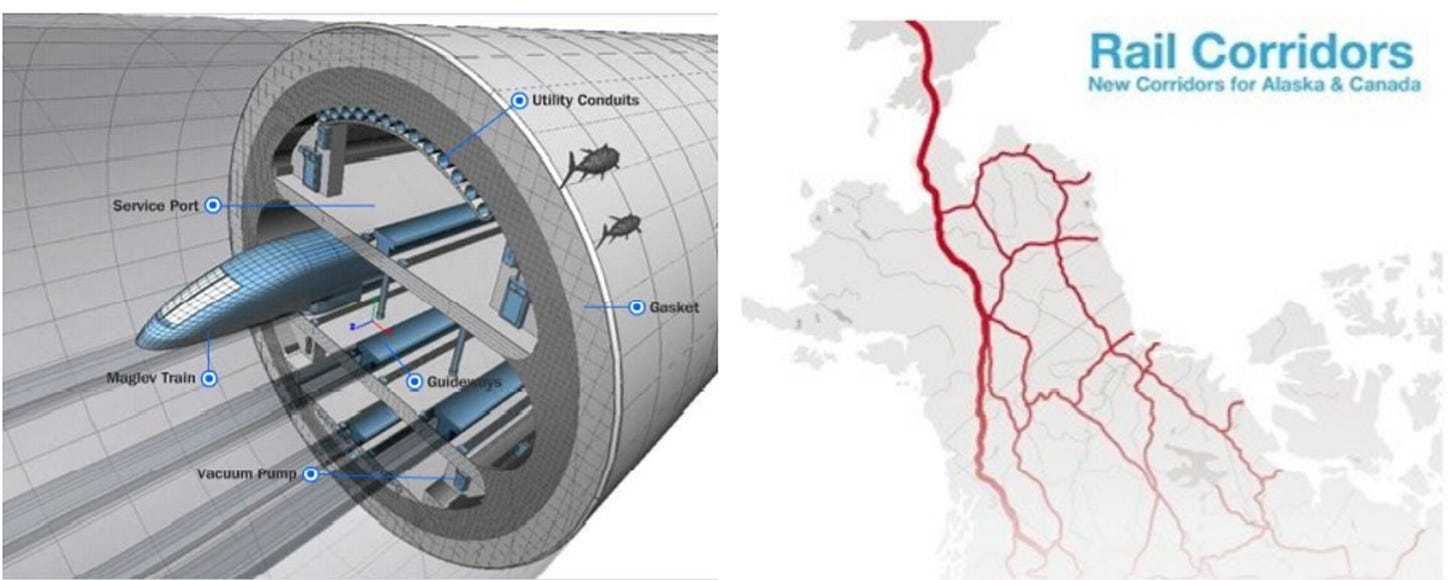
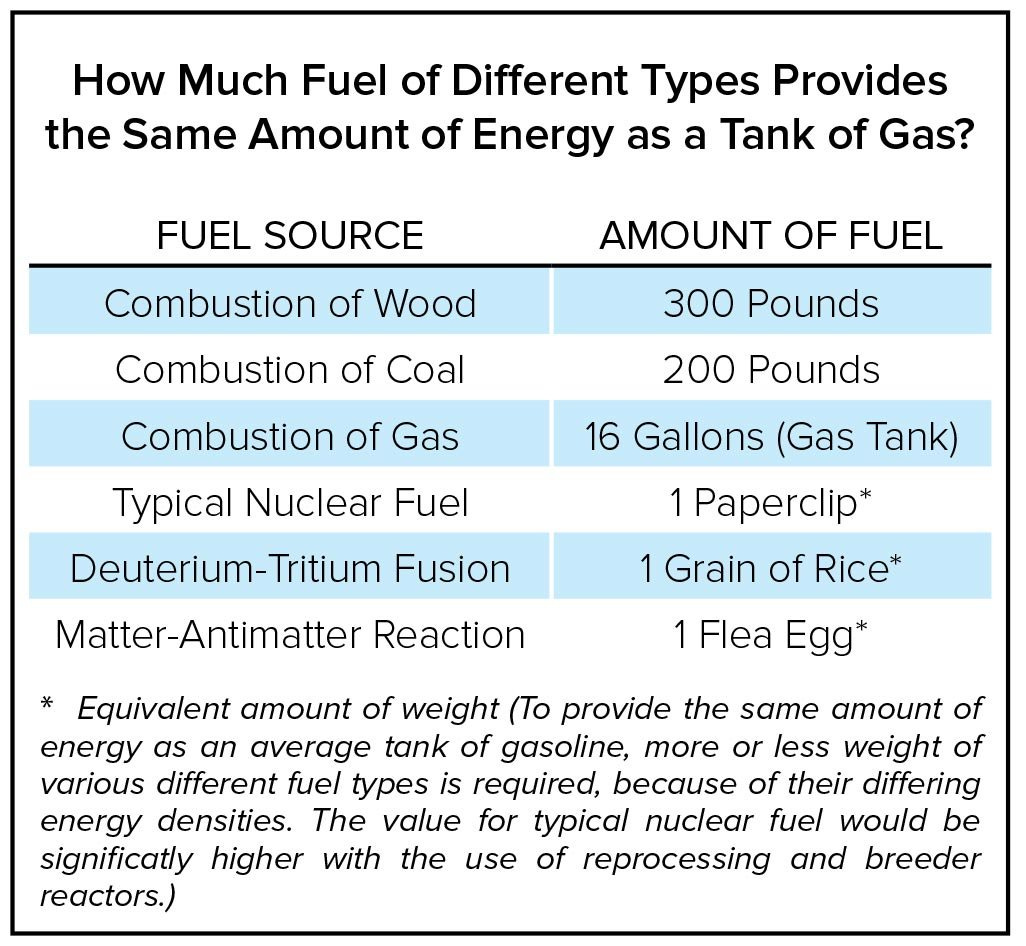
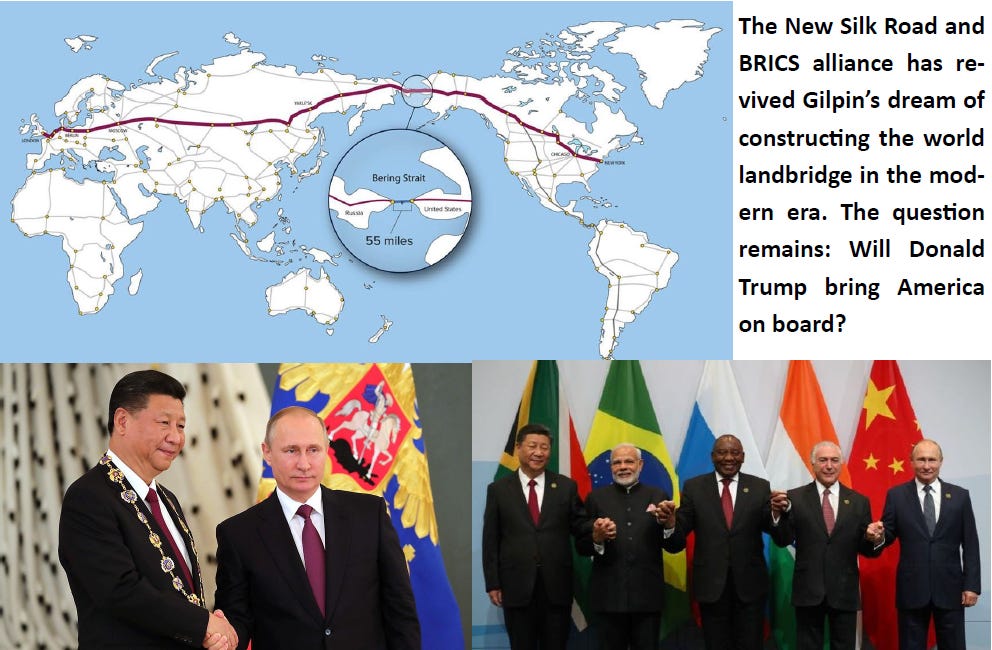
Kismet this morning as it started by noticing this very last article in TNC News (now posted on LI) and my very next email opened is yours, Matt! I will share it as well on LI; this has been a question of mine for ages. Why can’t we participate in this massive economic opportunity?
https://tnc.news/2024/08/25/manitoba-critical-minerals-shipment/
I'm not even sure big capital improvement projects like this are possible anymore in the West. Environmentalists will shut them down--the same tree-huggers who cheer for human trafficking and war in the Donbas.